The Brutal Truth of Masculinity in “The Power of the Dog”
“What kind of man would I be if I didn’t help my mother, if I didn’t save her?” This question, posed in voice-over by the young Peter Gordon (Kodi Smit-McPhee), one of the four central figures in Jane Campion’s The Power of the Dog, sets the stage for a profound exploration of masculinity and its destructive consequences.
Peter’s words, combined with his delicate demeanor, immediately evoke Norman Bates from Psycho and his chilling declaration, “A boy’s best friend is his mother.” This connection is further solidified by Smit-McPhee’s slender frame and what, in that era, would have been termed “effeminate” mannerisms.
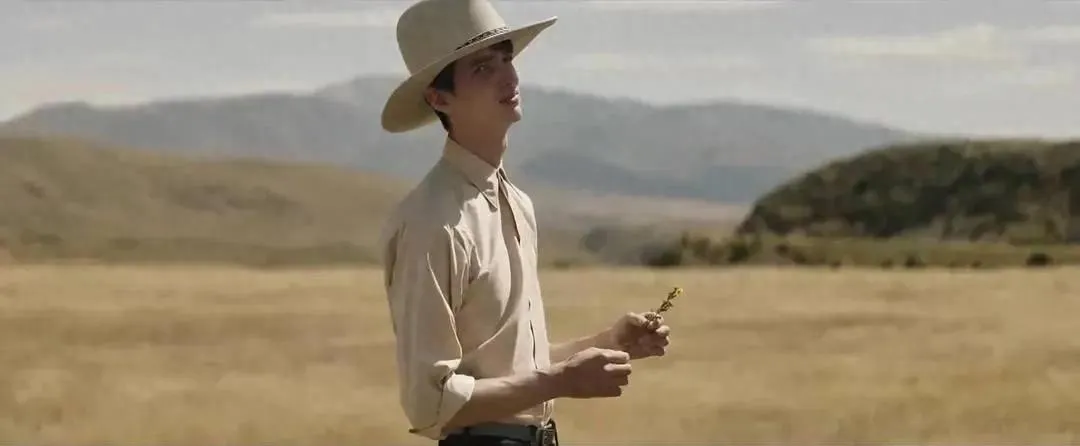
While Hitchcock used horror (Psycho) and romance (Vertigo) to depict the twisted actions of men grappling with their identities, The Power of the Dog goes further. It defines the patriarchal system itself as a collective monster, one that distorts and harms everyone within its grasp.
Campion avoids didacticism, instead constructing her film around the core power dynamics of patriarchy: a binary opposition that oppresses women and suppresses the feminine qualities within men. Peter’s question – “What kind of man would I be?” – simmers beneath every event, every scene, every character, until Campion fully reveals her carefully prepared answer through precise direction, intimate close-ups, and Jonny Greenwood’s melancholic score.
A Tragedy Unfolds in Montana
Adapted from Thomas Savage’s 1967 novel, the film transforms a family melodrama into an epic character tragedy, portrayed through the microcosm of four individuals bound by the laws of the father. The story unfolds in the vast, seemingly open landscape of Montana between World War I and the Great Depression, a time when ranching was the path to prosperity.
Campion’s earlier work in the New Zealand wilderness in Top of the Lake (Season 1, 2013) mirrors the Montana setting. As in that mini-series, the landscape suggests a magnificent indifference in nature, despite the presence of predators. Cinematographer Ari Wegner employs long digital lenses, utilizing seemingly infinite depth of field to keep distant, rolling hills in focus alongside the characters, allowing us to see both their faces and, perhaps, our own.
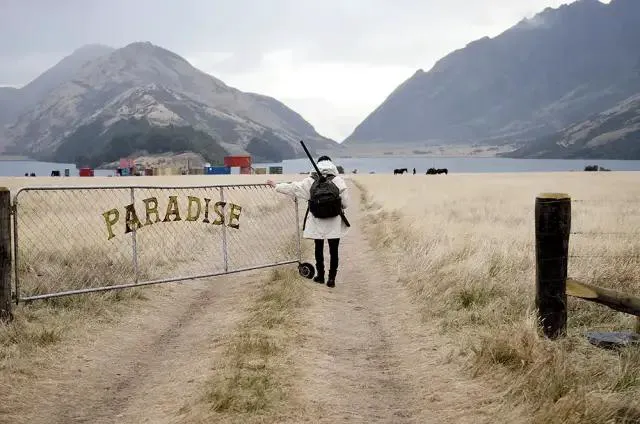
The Burbank Brothers
Phil Burbank (Benedict Cumberbatch) and his brother George (Jesse Plemons), both in their forties, run their parents’ ranch – legally belonging to their father, who has retreated to Salt Lake City for a more comfortable life.
The hyper-masculine Phil commands a crew of twenty-odd ranch hands, outworking them all. He castrates calves with ease, ropes them, works the hides, and occasionally enjoys skinny-dipping with his cowboy companions in a nearby creek, which he also frequents alone. George keeps the books and generally assists Phil, who often taunts him with the nickname “Fatso.” The brothers have shared a bedroom since childhood. Just as George is about to fall asleep, Phil rouses him, launching into stories of their youthful adventures and how they were raised by wolves, like Romulus and Remus.
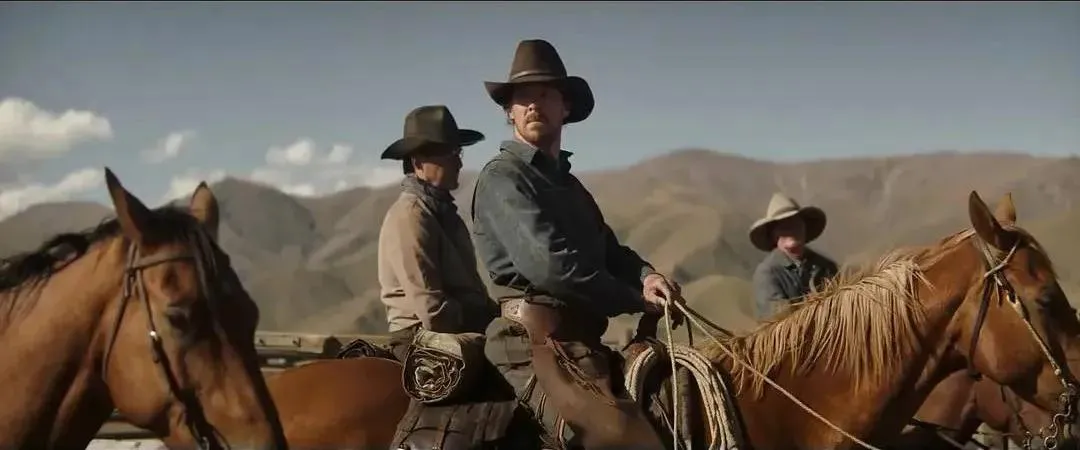
Despite Phil’s outward persona, his education in classical literature at Yale sets him apart. He was a member of Phi Beta Kappa. Upon returning to Montana, he buries his Eastern experiences beneath layers of dirt and hard labor, striving to appear indistinguishable from his hired hands. In the brothers’ shared mythology, the “wolf” is Bronco Henry, a master horseman, roper, and castrator in Phil’s eyes. Henry’s death twenty years prior seems to have taken a part of Phil’s soul with him, leaving behind only hatred for himself and others.
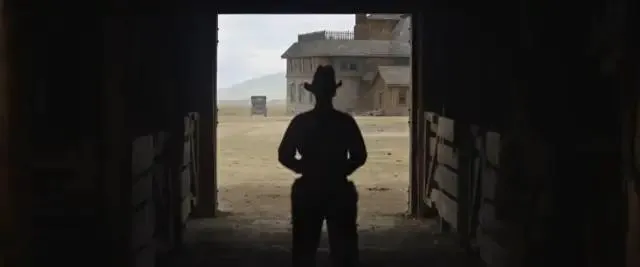
The Mask of Masculinity
We first see Phil through the front window of the ranch house. He crosses the yard, the camera tracking him from right to left, revealing a figure whose posture and gait, adapted to the weight of chaps and spurs, are both practiced and effortless. Near the film’s end, we return to the same vantage point, watching Phil cross the yard once more, but this time his body is barely upright. He can no longer maintain the facade of masculinity, having transformed from predator to prey.
In discussions of gender, we often speak of femininity as a performance, but rarely do we apply the same lens to masculinity. In Campion’s first film centered on a male protagonist, she portrays masculinity as a mask, an armor used to conceal weakness, tenderness, loss, and, most importantly, a forbidden desire for another man: all the qualities and behaviors that might categorize him as feminine.
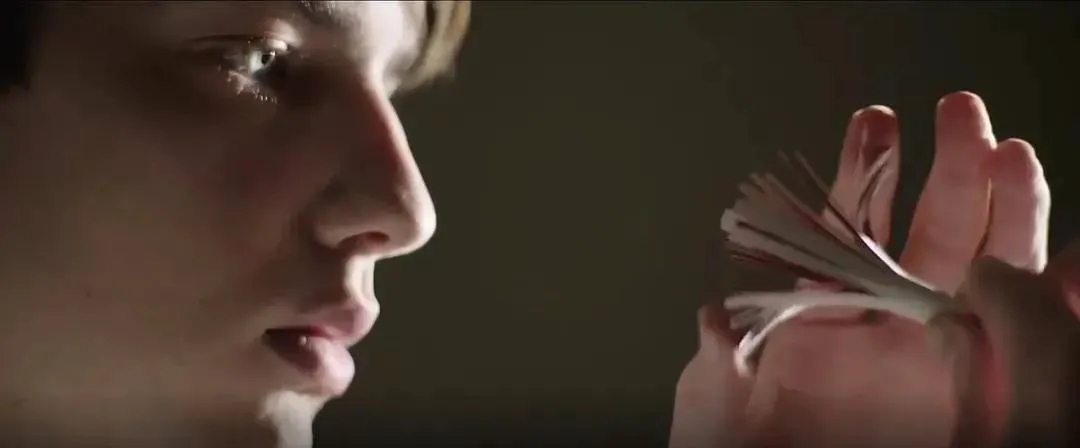
Cumberbatch’s performance is memorable not only for the extraordinary physicality he embodies, but for the moments when loneliness and longing break through the armor, surprisingly capturing both the character and, one suspects, the actor. Phil is a terrorist: he terrorizes his brother and his brother’s new bride, Rose Gordon (Kirsten Dunst), resenting her intrusion into his relationship with George; and especially Rose’s son, Peter, who seems accustomed to Phil’s homophobic barbs.
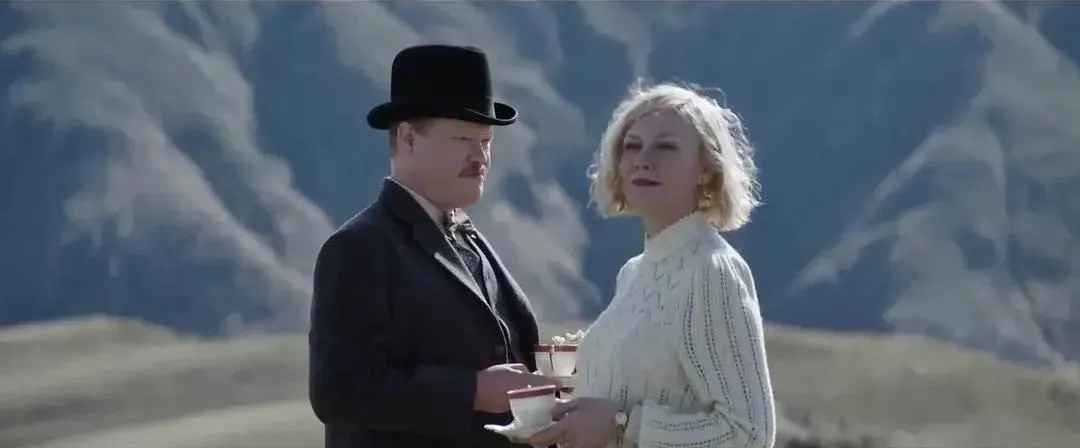
One evening, Peter walks through a group of snickering cowboys, sauntering like a runway model; when he reaches the end of the road, he turns and walks back the way he came. Peter’s defiance and lack of shame impress Phil, who decides to take him under his wing and teach him everything Wild Horse Henry taught him. It turns out that Peter can also see the shape of a dog, its mouth agape, in the distant rock formations.
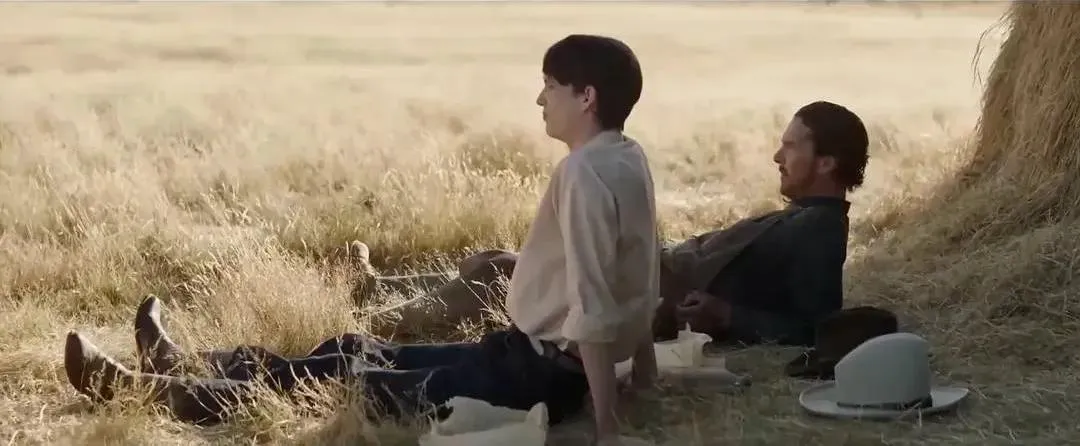
Wild Horse Henry had shown Phil the dog, but Peter discovered it on his own. How small the step from transforming disgust into fatherly benevolence, and then into erotic desire. There is a scene in the stable where Phil lets Peter – who is almost too cool for this – see how much he wants him. Perhaps it is necessary to say that there is not a single moment of femininity in The Power of the Dog.
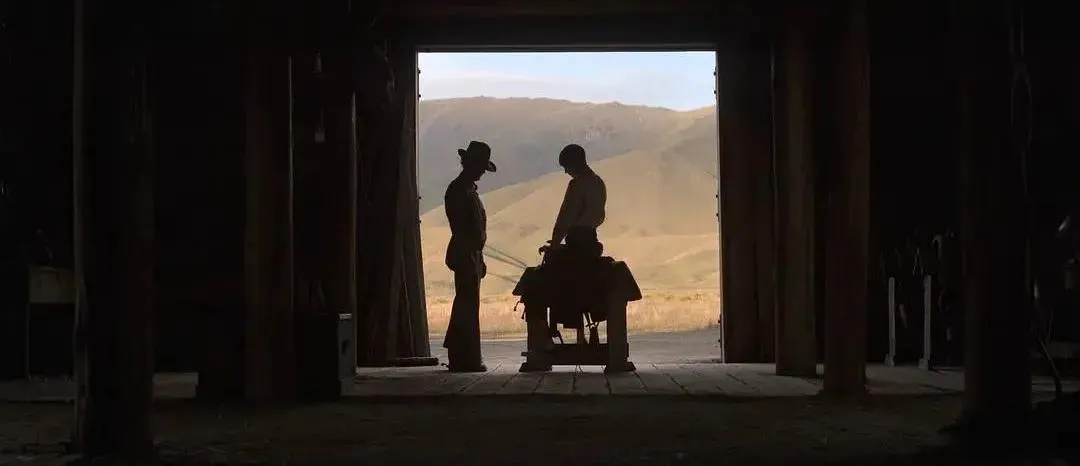
If you have that thought, it is because I cannot describe the emotional complexity of this extremely serious scene, in which a lifetime of accumulating power is surrendered to another – to the power of the dog. Immediately after Peter’s opening narration, we see a close-up of two bulls locking horns. What occurs between Phil and Peter is a life-or-death power struggle, in which the first to show any sign of submission – of revealing their femininity – will die.
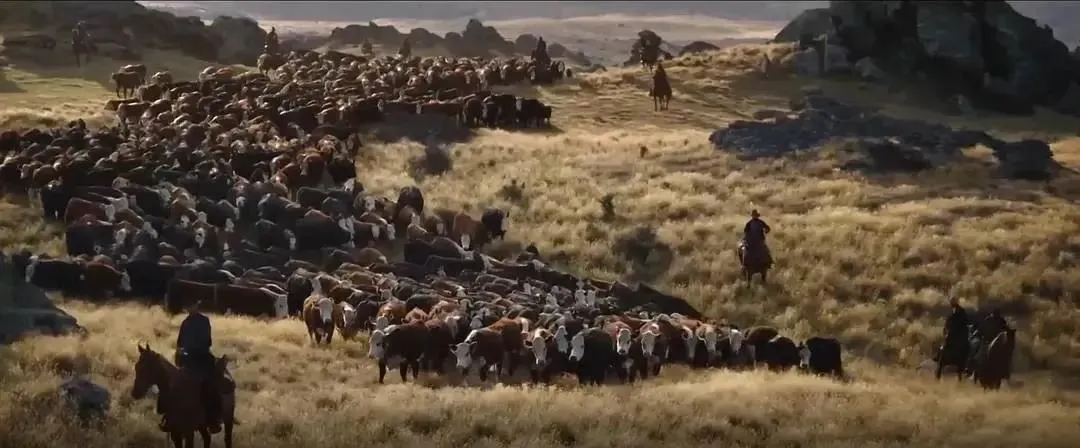
Rainer Werner Fassbinder wrote a brilliant short essay in 1971 about Douglas Sirk’s Imitation of Life (1959), in which the power struggle focuses on race rather than gender. Fassbinder discussed the roles of the Black mother and daughter, who are at the heart of the film. The light-skinned daughter doesn’t want to live; the mother considers this a sin.
Fassbinder wrote: “The cruelty is that we can understand them, neither of them is wrong, only no one can help them. Unless we change the world. Then everyone in the cinema cried. Because changing the world is so difficult.” I shed tears near the end of The Power of the Dog because changing the world remains as difficult today as it was in the wild west of Montana in 1925.